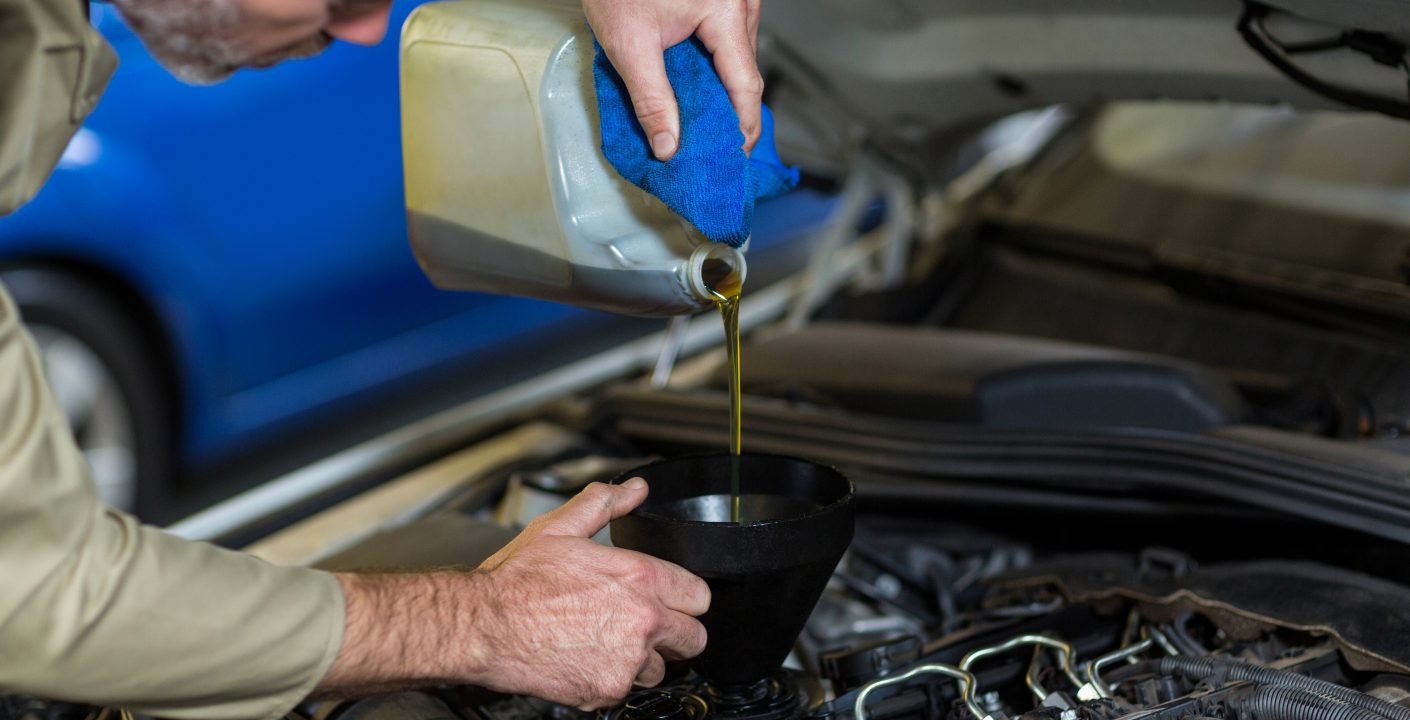Signs of Oil Leaks in Your Car

Maintaining your car’s health is crucial for ensuring its longevity and performance. One of the most common issues car owners face is oil leaks. Ignoring an oil leak can lead to severe engine damage and expensive repairs. Recognizing the signs early can save you time, money, and a lot of headaches. In this blog post, we’ll delve into the various signs of oil leaks, the causes of oil leaks, and what you can do to address them.
What is an Oil Leak?
An oil leak occurs when the oil in your car’s engine escapes from the designated system and finds its way to other parts of the engine or the ground beneath your vehicle. This can happen due to several reasons, including worn-out seals, gaskets, or damage to the oil pan.
Common Signs of Oil Leaks
1. Oil Puddles Under Your Car
One of the most obvious signs of an oil leak is finding puddles of oil beneath your car. Fresh oil is typically light brown and has a slick texture. If you notice dark brown or black spots, it may indicate old oil or a severe leak. It’s essential to inspect the ground where you regularly park your car for any oil spots.
2. Burning Oil Smell
If you smell burning oil while driving or after parking your car, it’s a significant red flag. This burning smell usually indicates that oil is leaking onto hot engine components like the exhaust manifold. This not only causes the oil to burn off but also poses a fire hazard.
3. Blue Smoke from the Exhaust
Blue smoke emanating from your car’s exhaust pipe is another indicator of an oil leak. This occurs when oil leaks into the combustion chamber and burns along with the fuel. If you notice blue smoke, it’s crucial to address the issue immediately as it signifies an internal oil leak, which can be detrimental to your engine’s health.
4. Low Oil Levels
Regularly checking your oil levels is a good habit. If you find that your oil levels are consistently low despite topping it off, you likely have an oil leak. Most modern cars come with an oil level sensor that can alert you when levels drop significantly.
5. Oil Warning Light
Most vehicles are equipped with an oil warning light on the dashboard. If this light illuminates, it’s a signal that your car is experiencing low oil pressure, which can be due to an oil leak. Do not ignore this warning; check your oil levels and inspect for leaks immediately.
6. Engine Overheating
Oil plays a crucial role in lubricating and cooling your engine. If there’s an oil leak, your engine may not receive adequate lubrication, leading to increased friction and overheating. If you notice your engine temperature gauge rising, check for oil leaks as one of the possible causes.
7. Dirt and Oil Accumulation on Engine Components
Over time, oil leaks can cause dirt and debris to accumulate on the engine components. During routine maintenance or inspections, look for dirty, oily spots on the engine block, oil pan, or around seals and gaskets. This can indicate a slow leak that needs attention.
What to Do If You Suspect an Oil Leak
1. Check Oil Levels
Regularly check your oil levels using the dipstick. If levels are low, top up the oil and monitor it frequently to see if it drops again.
2. Inspect for Visible Leaks
Look under your car and around the engine for any visible signs of oil leaks. Pay attention to the ground beneath your parked car and the engine components for any oily residue.
3. Consult a Professional Mechanic
If you suspect an oil leak, it’s best to consult a professional mechanic. They can perform a thorough inspection, identify the source of the leak, and recommend the necessary repairs.
4. Use UV Dye
For hard-to-detect leaks, mechanics often use UV dye. The dye is added to the oil, and under UV light, it helps pinpoint the exact location of the leak.
Preventing Oil Leaks
1. Regular Maintenance
Regular maintenance and timely oil changes can help prevent oil leaks. Ensure that all seals, gaskets, and filters are in good condition.
2. Use High-Quality Oil and Parts
Always use high-quality oil and replacement parts that meet or exceed your car manufacturer’s specifications. This ensures better performance and longevity.
3. Drive Carefully
Avoid rough driving conditions that can damage the oil pan or other engine components. Driving carefully can help prevent accidental damage that leads to oil leaks.
4. Regular Inspections
Perform regular inspections of your vehicle, especially if it’s older or has high mileage. Early detection of potential issues can prevent major problems down the line.
Oil leaks can be a serious issue if left unaddressed. By being vigilant and recognizing the signs early, you can prevent extensive engine damage and costly repairs. Regular maintenance, careful driving, and timely inspections are key to keeping your car in top shape. If you suspect an oil leak, don’t hesitate to consult a professional mechanic to ensure your vehicle remains safe and reliable on the road.






